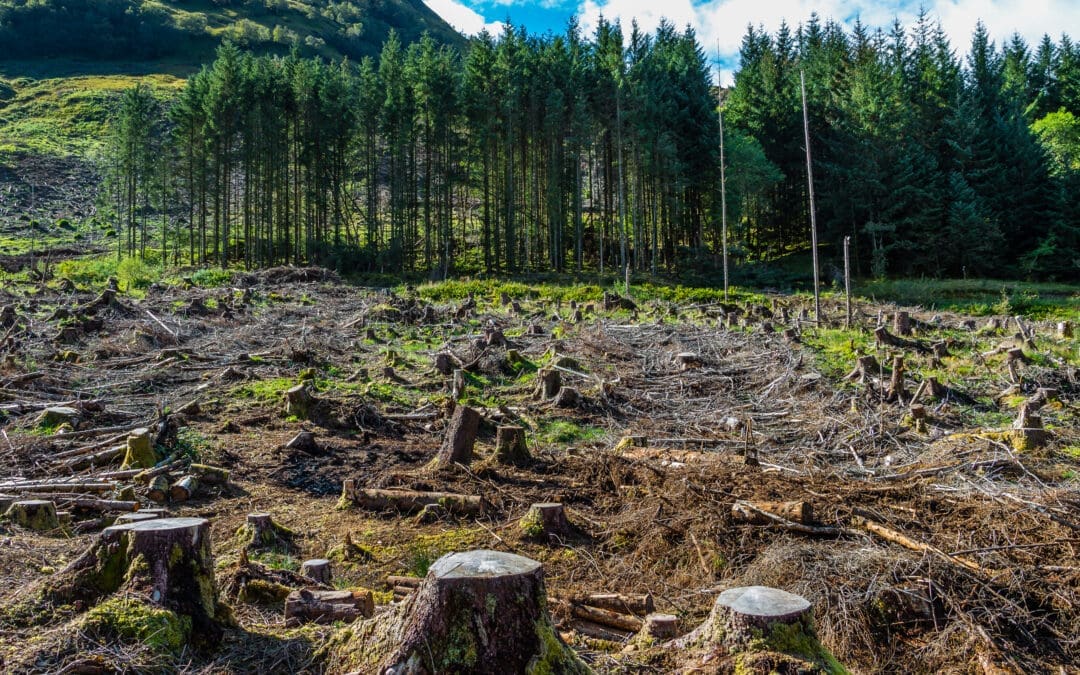Organizations big and small rely heavily on hundreds—if not thousands—of different suppliers around the globe. In this type of supply chain ecosystem, companies must understand sustainability performance of not only their tier-one suppliers, but also their second, third, and fourth tier suppliers and beyond.
Yet according to Deloitte, a recent study revealed that while most companies have social and environmental systems in place for internal operations, less than a third have similar structures to monitor the practices of their immediate and extended supplier network.
To fully measure and manage supply chain ESG risks, businesses need a multi-tier approach. To learn more about why multi-tier visibility is so important, see our recent article. But let’s say you’re already committed to having visibility at every tier. Where do you start?
Set Clear Expectations
First, take small steps. If you try to impose a strict sustainability policy on your sub-tier suppliers without first understanding their processes, you may overwhelm them. Rather than pushing an ESG policy on your suppliers and expecting them to jump on board, set high communication standards and explain your goals upfront. Right off the bat, your procurement managers should engage in transparent conversations with your direct suppliers:
- What do you expect from them?
- How does their ESG tracking system work?
- What hurdles do they face in gathering the kind of data you want?
Engaging in this kind of dialogue will show your suppliers that you’re committed to providing support and assistance as they collect data from their sub-tier networks.
Send Initial Surveys
To build trust with your sub-tier networks, start with a simple ESG questionnaire. It’s okay to ask basic questions about location data or labor policies. What you’re trying to do at this point is make connections and start the flow of information. You want to get basic data cascading down so that it will follow the same route in the future.
When you send assessments to your tier-one suppliers, the idea is that they then pass those assessments to their sub-tier suppliers, and so on. This creates a network effect and becomes an effective method of data collection, allowing for greater visibility and more reliable data.
Focus on the Biggest Risks
Now that you’ve collected basic ESG data and formed clear lines of communication with sub-tier suppliers, it’s time to evaluate your highest risks. If you try to simultaneously address issues with all your suppliers, your efforts will be diluted and it’s hard to create meaningful change. But if you focus on a few critical suppliers, you can concentrate on giving them your full support and attention.
For instance, perhaps your ESG data indicates that a few of your suppliers’ Scope 1 and 2 emissions are much higher than the rest. Or another supplier operates in a territory known for forced labor and could not provide a formalized forced labor policy. These are the suppliers you’d want to engage with first or prioritize for an on-site audit.
What about risks that you aren’t aware of because your suppliers provide inaccurate or misleading data? In regards to the former, this is why it’s critical to set clear expectations and facilitate a collaborative dialogue from the get-go. If you want your suppliers to provide you with factory GHG emissions intensity, it’s up to you to empower them with the knowledge and resources to do so. Otherwise, you risk receiving inaccurate responses simply because your suppliers did not understand what was being asked of them, and you didn’t take the time to walk them through it.
In regards to the latter, while some worry that suppliers might try to cover up ESG issues in their own operations and their supply chains, most direct suppliers are also major companies in their own right. As such, they may have already set proactive sustainability goals themselves and understand that buyers are increasingly prioritizing sustainability. In other words, they have little incentive to intentionally skew or falsify data.
Be Mindful of Distractions
With new technology coming out each day, it’s easy for supply chain professionals to get sidetracked from the main objective of managing multi-tier supplier networks. Blockchain promises to help with visibility and traceability, but it requires that you already have your suppliers fully mapped. In essence, you can audit firms, but you usually only have access to suppliers that you already know exist.
Starting a multi-tier assessment, no matter how small, is the most imperative step to mitigating your supply chain risks and maintaining your ESG standards. Once you create a pilot assessment program and begin communicating with your direct suppliers, you can target opportunities for future expansion.
How Can Assessment Platforms Help?
Supplier sustainability platforms streamline the multi-tier data collection process and often offer robust analytics and score-carding features. What this does is allow you to spot your biggest supply chain sustainability risks and focus your efforts where it really counts.
That’s why thought leaders like Deloitte are recommending that companies continue to manage, monitor, and prioritize multi-tier supply chain assessments over time. “Basic algorithms can help sort suppliers, but a more sophisticated enterprise-wide system might integrate real-time risk indicators, supply chain visualization tools, and predictive analytics capabilities.” Gartner came to a similar conclusion in their 2021 Market Guide for Supplier Sustainability Applications, which spells out why purpose-built platforms are a key addition to the tech stack of any brand looking to address sustainability in a meaningful way.
This is SupplyShift’s area of expertise. On SupplyShift, you can discover what sustainability practices your suppliers employ, manage sustainability risks, and provide valuable information to your procurement team. Whether you need to collect, integrate, trace, score, or share data, we can help you turn supplier insights into action. Book a consultation today or learn more by checking out our library of standard assessments, all of which can be cascaded down through your multi-tier supply chain network.



